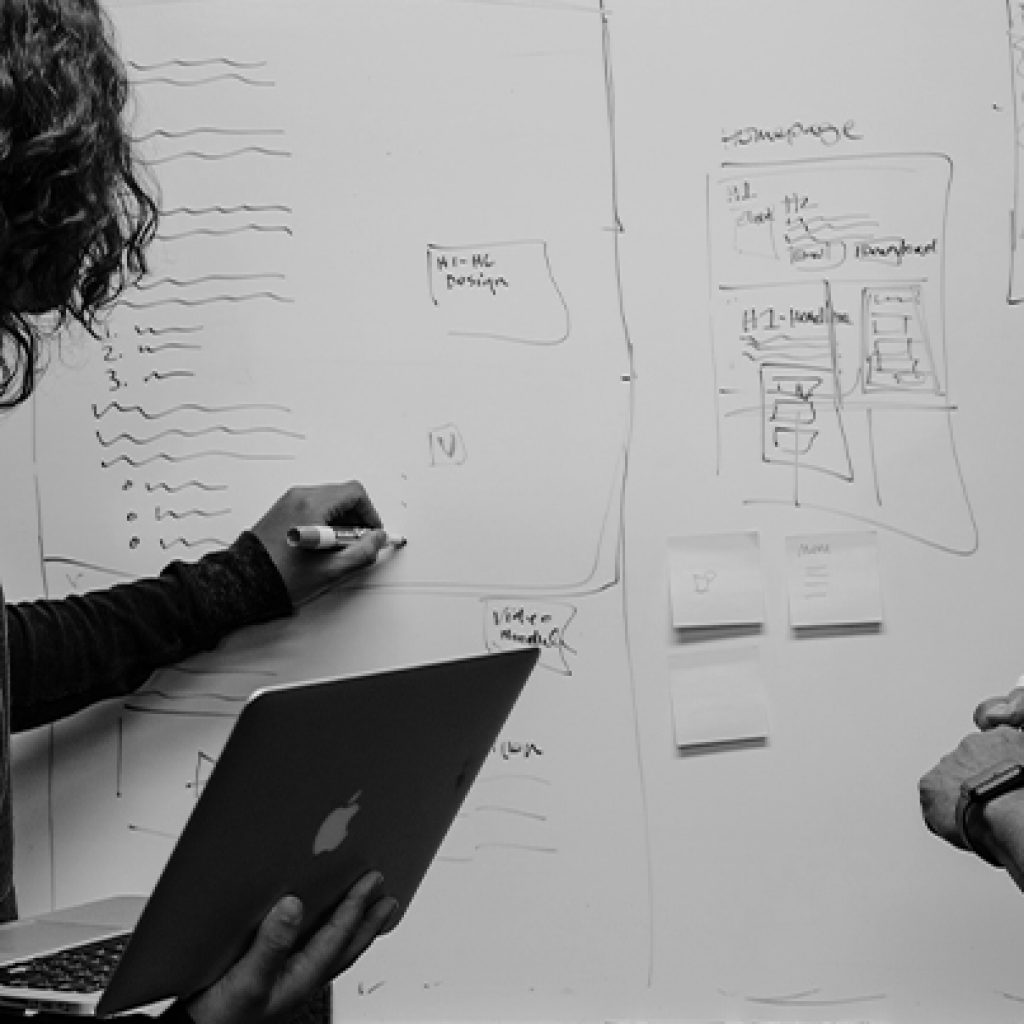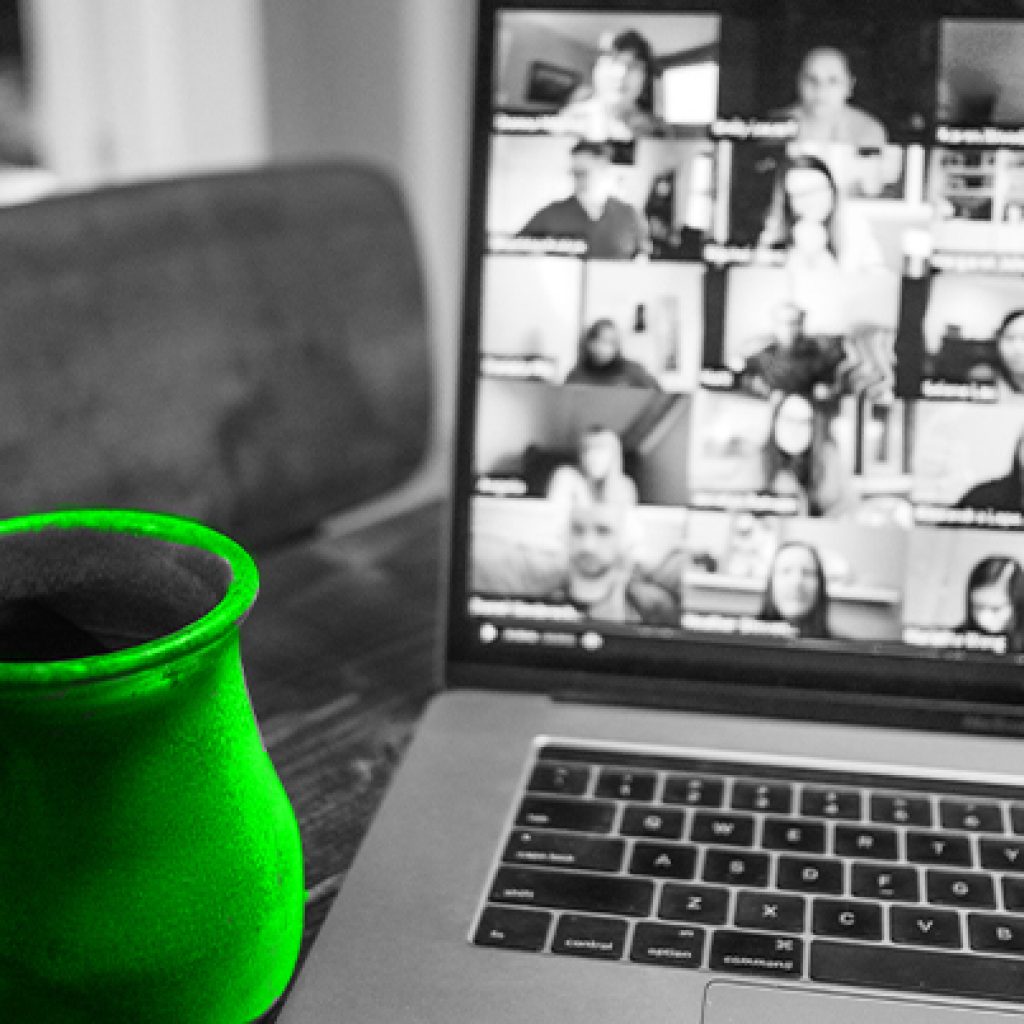
It is rare to see a unicorn. Rarer still to work on a technology project where everything goes to plan. In this article we’ll look at 10 factors that combine to form a perfect project. It is possible, I’ve been there, and I strive to be there every time.
A few years ago, I joined a project which turned out pretty much perfectly. It was complicated, there were multiple contributing vendors, several internal stakeholder teams, mismatching technologies, and a fickle user base. But it went really, well and this is why…
- VisionThe project vision was crystal clear. The users had a genuine business problem which meant a large part of their work was compressed into the very last part of the week when the deadline drew closer. The project vision aimed itself directly to solve this problem, and nothing else.
- SponsorshipThe project sponsors were senior in the organisation and respected by the teams they led. They demonstrated how important the project was to them and their teams by allowing sufficient time to be part of the project, rather than helicoptering into the big milestone meetings.
- User ExperienceThe user experience was at the heart of everything. If the project wasn’t improving something, or making something easier, or directly contributing to the vision, it was deprioritised. This approach applied to functional and nonfunctional requirements equally.
- Business AnalysisAs the project was essentially about process automation, the beating heart and shared frame of reference was an incredibly well researched and comprehensive business process map; with every decision and action properly considered with optimisation in mind.
- ExpertsWhere expertise was required, expertise was sought. This meant everyone involved in the project was there for a reason; they knew why and what they had to do. This streamlined conversations by ensuring that questions were posed in the open and answered promptly by the most appropriate expert.
- Respect for peopleThe team was large with a diverse group of people and technologies to contend with. Collaboration was made simple with open channels of communication between everyone. Crucially, meeting schedules we planned sparingly so people had time to work and come together at intervals where progress could be made. Meetings were always cordial and polite. Even challenging conversations were managed with calm voices where opinions and views could be aired safely.
- Respect for real lifeObviously, things happen in real life; people get sick or move on, public holidays misalign (it was an international team), other business activities need to take priority. But the project dealt with this by rapidly reprioritising tasks to maintain momentum without disrupting the flow. When it became clear that the original timeline had been overly optimistic – when is it not?! – the project adjusted accordingly, without fuss or risk of recrimination. It was never allowed to drift endlessly; it was just replanned sensibly.
- Change When changes needed to happen, the change process was very simple, properly documented, and easy to follow. If additional costs were involved, they were accepted.
- MoneyInvoices, stage payments, change notices, contractors, vendors… all paid on time, without the need to chase. The project was properly financed and managed by a mature team.
- Collaboration and inclusionThis is the common theme. The team was a diverse group of people, from a variety of countries and background, but everyone was welcome and treated with kindness and respect. When the project was delivered, third party partners were asked to attend the awards ceremony and were invited to demonstrate the product to other potential customers and collaborators. This way of working is mostly due to the company culture, but it was infectious, and it was easy for people to adopt because it was pleasant.
Looking at the list, it seems obvious. But it’s rare to have everything positively represented in the same project. Turn any of them into a negative and things start to become challenging. For instance, a poor vision means the project can become rudderless as people don’t really understand why they’re working on something; sponsors not being present can lead to an undermining of the vision; user experience isn’t properly considered so the project runs into adoption difficulties; etc.
I’ve consciously avoided discussing methodologies here as, fundamentally, project success comes down to the people; the way we work together and interact with each other. Respect that, and the rest should follow.
For more information, or for an opportunity to work with experts who can help, please don’t hesitate to get in touch with Alex Buchanan.
More insights:









